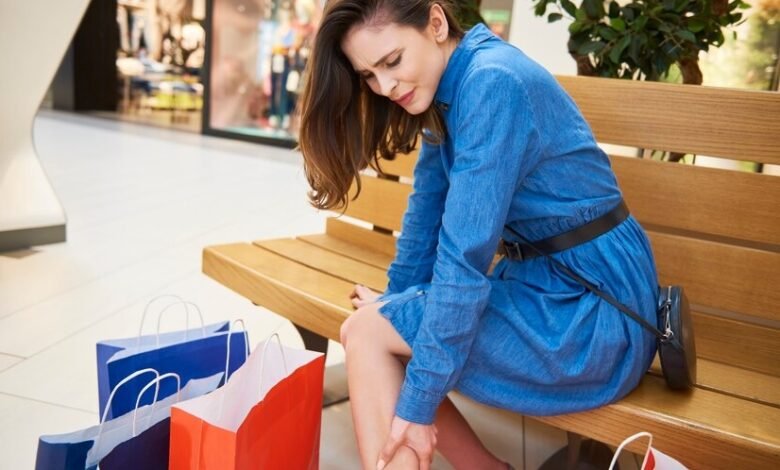What Happens When You Trip Over a Cart at Lowe’s?

Accidents can happen anywhere, even at your favorite home improvement store. This blog post will explain a real-life situation where a customer named Elizabeth tripped over a cart at Lowe’s and what the court decided. We’ll keep things simple and easy to understand.
The Incident
Elizabeth was shopping at a Lowe’s store in Abilene. She was looking at some outdoor chairs when she stepped back and tripped over a flatbed cart that was behind her. Elizabeth injured her left wrist and decided to sue Lowe’s, claiming that they were negligent.
The Legal Process
Lowe’s argued that this case should be seen as a premises liability issue rather than a negligence issue. What’s the difference?
- Negligence means someone did something wrong that caused harm.
- Premises liability means the property owner didn’t keep the place safe.
Lowe’s said the cart was open and obvious, meaning anyone could see it and avoid it. They argued that they didn’t owe Elizabeth a duty to warn her about the cart because it was clearly visible.
What the Court Decided
The court agreed with Lowe’s. Here’s why:
- Premises Liability, Not Negligence: The court decided that this was a premises liability case. There was no ongoing activity by Lowe’s employees that directly caused Elizabeth’s fall. The cart was just sitting there.
- Elizabeth Was an Invitee: As a customer, Elizabeth was an invitee. Lowe’s owed her a duty to keep the store safe or warn her about hidden dangers. However, this duty doesn’t apply to dangers that are open and obvious.
- The Cart Was Open and Obvious: The court found that the cart was clearly visible. It was red, had a handle that was waist-high, and there was even a yellow warning cone nearby. Elizabeth admitted she maneuvered around the cart to look at the chairs, so she knew it was there.
- No Duty Owed: Because the cart was open and obvious, Lowe’s didn’t owe Elizabeth a duty to warn her about it. The court ruled in favor of Lowe’s and granted their motion for summary judgment.
What This Means for You
If you’re ever injured in a store, it’s important to know that the store’s responsibility depends on whether the danger was hidden or obvious. In Elizabeth’s case, the cart was obvious, so Lowe’s wasn’t held responsible.
If you find yourself in a similar situation, it’s a good idea to consult with a legal expert to understand your rights and options. For more information, you can check out this Lowes slip and fall settlement page.
How to Prevent Accidents While Shopping
Accidents can be avoided with a little extra caution and awareness. Here are some practical tips to keep you safe while shopping at any store:
- Be Aware of Your Surroundings: Always pay attention to where you are walking. Look out for obstacles like carts, boxes, or other items that might be in your path.
- Follow Signage and Warnings: Stores often place warning signs or cones near potential hazards. Make sure to read and follow these signs for your safety.
- Avoid Distractions: It can be easy to get distracted by your phone, children, or even the items on the shelves. Try to stay focused on where you are walking to avoid tripping or bumping into things.
- Report Hazards: If you see something that could be dangerous, like a spill or an item blocking an aisle, report it to store employees immediately. This can help prevent accidents for you and other shoppers.
- Use Carts Properly: If you’re using a shopping cart, make sure to push it properly and keep it out of the way when you’re not using it. This will help prevent others from tripping over it.
- Wear Appropriate Footwear: Wearing shoes with good grip and support can help you maintain balance and avoid slips and falls.
- Take Your Time: Rushing increases the likelihood of accidents. Take your time to move carefully through the store, especially in crowded or cluttered areas.
By following these simple tips, you can greatly reduce the risk of accidents and make your shopping experience safer and more enjoyable. Remember, safety is a shared responsibility, and being mindful of your actions can protect both you and those around you.
Conclusion
Elizabeth’s case shows that stores like Lowe’s are not always responsible for customer injuries, especially if the danger is open and obvious. Always be aware of your surroundings and take care when shopping to avoid accidents. If you do get hurt, understanding the difference between premises liability and negligence can help you know what to expect.











